Alabanda
Q778224Alabanda (Greek Ἀλáβανδα): town in Caria, modern Doğanyurt.
History
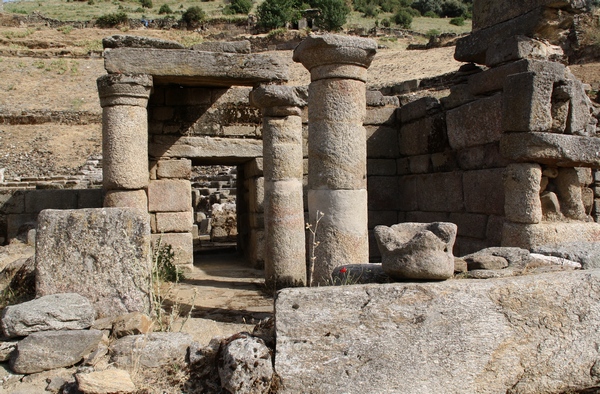
Alabanda, seven kilometers west of modern Çine, on the banks of the river Marsyas, was founded in the fourth century BCE. Its name is Carian: ala means "horse" while banda can mean either "victory" or "competition". Like the rest of Caria, it was part of the satrapy of Maussolus, which means that it was under more or less indirect Achaemenid rule. The town boasted a temple of Zeus Chrysaor.
After the conquest of Alexander the Great, the site was subject to rivalry between the Antigonids and Seleucids. At the end of the third century BCE, it was renamed "Antiochia of the Chrysaorians", but after the demise of king Antiochus III the Great, who had been defeated by the Romans in the battle of Magnesia (190 BCE), this name was forgotten.
The treaty of Magnesia implied that Seleucid domination came to an end. Rome awarded the Carian cities to Rhodes. In 40 BCE, the Roman rebel Quintus Labienus and a Parthian army occupied the city.note After the local citizens slaughtered Labienius’ garrison, the Parthian army robbed the city of all moveable wealth. Alabanda later prospered under Roman rule.
The site
The ancient city walls surrounded an area of 4-5 square kilometers. Sections of the Hellenistic wall, with towers, can still be seen. The scant remains of the agora (112 x 72 meters) have been identified; just north of it is the rectangular bouleuterion (22 x 35 meters), beyond which the main gate is still visible.
South of the agora, and just west of the modern village of Doğanyurt, are the remains of the large temple of Apollo, built in the second century BCE in Ionic style and measuring 35 x 22 meters. An inscription confirms this temple was dedicated to Apollo Isotimos (meaning "equal in honor" to Zeus Chrysaor) and the divine emperors. Parts of a frieze depicting an Amazonomachy (a fight between Greeks and Amazons) were recovered at this site.
To the southeast of Doğanyurt stands the Hellenistic theater, which had a nineteen meter wide façade. It is well-preserved. On the south slopes of the city stand the foundations of another sanctuary from the second century BCE, a Doric temple that was probably dedicated to Artemis.
Outside the walls are numerous tombs in a large necropolis; some sarcophagi bear inscriptions indicating professions of the deceased.
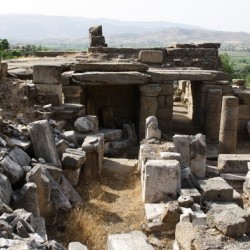 Alabanda, theater |
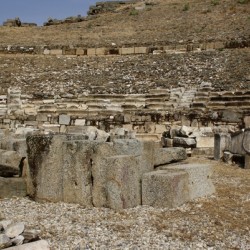 Alabanda, theater |
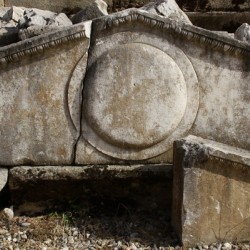 Alabanda, theater |
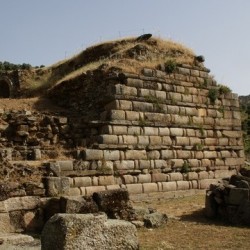 Alabanda, theater |
The site of Alabanda is easy to reach with a direct road from Çine. The visit is free and without danger. You can easily combine your stay with a visit to Alinda, which is just twelve kilometers to the west.